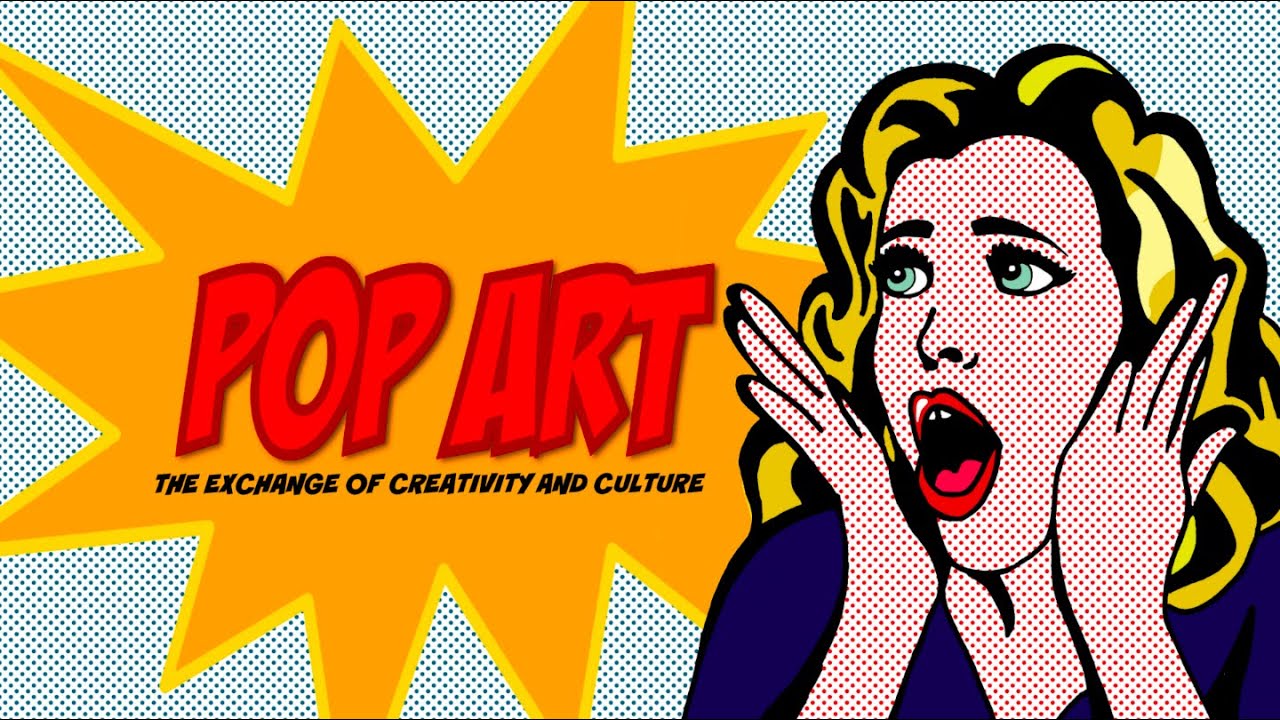
Claes Osenburg, a Swedish-born American sculpturer, was most well-known for his public art installations. These large soft sculptures often depict everyday objects. These sculptures often provide commentary on how people interact in the world. Millions of people see Oldenburg's sculptures every year.
Influences
Claes's fascination with street life is one of his many influences. He realized that the elements of urban life could make wonderful sculptures. Oldenburg experimented with different media, including painting and sculpting. Oldenburg became involved with happenings, which were art experiences for a purpose. He was also inspired to perform in theater and incorporates that into his art.
Oldenburg's earliest sculptures reminded in many ways of Abstract Expressionism. They also had a strong conceptual perspective. Oldenburg was particularly interested in metamorphoses. He saw analogies between seemingly different images. Oldenburg's relationships were not literal. However, they were associative. These associations heightened the objects’ power as contemporary toys. Oldenburg shared a fascination in mutability as did contemporary artists Stella, Morris. Ron Davis is another young abstract artist who took inspiration from the idea mutability.

Style
Claes Oldenburg was influenced by his New York City upbringing, where he was an active member in the artistic community from a young age. As an assistant at Cooper Union Museum, he learned the history of art and created his own style. Oldenburg's early work was influenced largely by his interactions with other artists, especially those from the abstract expressionist school. He was inspired by the work of artists like Red Grooms, Allan Kaprow, Jim Dine, and Robert Whitman.
Oldenburg's work combined ironic humor about consumer products with meticulous construction details. His sculptures were often enormous and his knowledge of scales, proportions, and scales is legendary. Some of his works include the upside down ice cream cones, Cupid's Span and the Batcolumn. They were also installed in cities around the globe. Oldenburg, in addition to his sculptures, also made large-scale works for the public.
Life-size sculptures
Oldenburg's work is a combination of meticulous construction details and mockery of consumer products, in life-size sculptures. He is also known for his ability to create large-scale proportions. Oldenburg created iconic sculptures such as Upside-Down Ice Cream Cone in Cologne and Flying Pins in Eindhoven. The first is a large piece that sits in the middle Cologne harbor. The interactive sculpture at the corner of a shopping centre's roof is the latter. Oldenburg's other public works include Batcolumn and Dropped Cone in Philadelphia. While he is primarily based in New York City, the artist also works in France and California.
Oldenburg married Coosje van Bruggen in 1977. For many years, they worked together on monumental polychrome sculptures. Van Bruggen dealt with the logistics of the projects, and Oldenburg's sketches were best realized. Oldenburg concentrated on his larger-scale sculptures, such as public monuments. Their collaboration evokes JeanClaude and Christo.

Technique
Oldenburg's works are based on objects and modify their forms, materials, and states to create dynamic, ambiguous perceptions of time and space. Oldenburg often transforms objects into art works, such as a teabag that is transformed into a painting or sculpture. His works are very similar to Pollock’s drip paintings. They also share a tendency minimize the importance composition. Oldenburg was born to a Swedish diplomat as a child and was raised in Chicago.
Oldenburg's ability to use his artistic imagination to re-link seemingly disparate objects by using formal analogies is a result of his creative imagination. He wanted to move beyond the static view of daily life and use perception as a platform for the creative. Oldenburg's approach to perception is similar to that of Surrealism, which recognizes the interrelationship between image and percept.
FAQ
What are some positive features of pop culture?
Pop culture has some positive aspects. Pop culture is a great source of entertainment. It also allows people to express their creativity. Pop culture can be used by artists to promote their works.
Pop culture brings people closer together, which I believe is the best part. Everyone wants to watch the same shows. Everyone likes the same music. And everyone likes the same movies. Pop culture allows us connect.
The problem is that not all pop culture is healthy. Many films glorify violence. Some television programs make fun at people with mental disorders. And some bands encourage fans to do drugs.
So what should we do with the negative aspects of pop culture?
We should try to avoid the negative parts of pop culture. We shouldn't let it influence us. It can be a problem for our health. It can even lead to criminal activity. It can even lead to a loss of love.
We need to consider whether pop culture is helping society or hurting it. Are they promoting positive values? Are people being encouraged to do wrong things?
Let's not forget to ask ourselves if our world is fulfilling. Do we like the music we listen to? The TV programs we watch What clothes do you wear?
If we care about our future, we must take responsibility for our actions. It is up to us to choose the kind of world that we want. Then, we can choose which type of pop culture to follow.
How did pop music become popular?
It was accidental. The first song was written by mistake when someone accidentally knocked over a piano while playing around on New Year's Eve in 1920.
The recording company loved the music and decided to make it a single.
This single was the first to be officially recorded.
Pop music has been the most popular form today of musical entertainment.
What are some examples of pop culture 2021?
Two hijacked airplanes from terrorists crashed into New York City's twin towers on the 11th September 2001. This day would become known as 9/11.
The events of that day have influenced popular culture today. We can see how the event has influenced our lives in many ways.
It includes TV shows like 24, and movies like United 93. This tells the story about what happened on the flight from Boston (Mass.) to Los Angeles (Calif.) on 9/11. Dexter Filkins' book The Forever War is also included.
We all recall our exact location when we first heard of the attacks. Some people got out from bed to go outside. Others watched the TV or read newspapers.
Pop culture is something that changes every year. It reflects society and provides inspiration. What will happen to popular culture in the next year? We are not able to predict the future. All we know is that it will be different than it was before.
What are examples of pop culture today?
Pop Culture is a 21st-century art form. It includes all types of entertainment including music, film TV, videogames, fashion and advertising. Author Neil Postman coined the term in his book Amusing Ourselves To Death (1985). Pop is a type of mass communication that relies on cheap tricks or formulaic devices to give the illusion of spontaneity.
However, he noted that most people do not experience true enjoyment because they have become conditioned to seek media experiences that make them feel superior to others. He also argued that cultural expression has contributed to the decline in critical thinking skills among young adults.
Pop culture is sometimes also called popular culture, consumerism, or pop culture.
What can pop culture teach us about ourselves?
Today's society values material possessions over all else. This is especially true with young people. They spend hours every day looking at screens. They spend hours looking at screens, playing video games, and surfing the internet. All of this distracts them from focusing on school work. They end up failing classes as a result.
The world we live in is one where everyone wants the same thing. That means being popular. Popularity hinges on having money, clothing, and other possessions. This can lead to some people doing things that aren’t right.
We have become dependent on technology. We have all the information we need thanks to technology. Not everything is accurate. Many false rumors circulate on the Internet. These rumors spread fast because people share them on social networking sites. It's easy and quick to post something without verifying whether it is true.
People have lost their ability for critical thinking. People believe everything they see on the Internet. They believe everything they read in magazines and on television. They stop thinking for them selves. They follow the crowd instead.
We lose control over our lives when we rely upon others to tell the truth. Pop culture teaches you to depend on others. It can also make us lazy. It's true that there is truth out there but we don’t always find it.
How can we avoid the dangers posed by pop culture?
First, it is important to recognize when pop-culture influences us. It is important to recognize when pop culture influences us. Then, it is crucial that we do not allow ourselves to be influenced. Here are some ways you can avoid being influenced by bad influences
-
Avoid watching violent shows like Game Of Thrones.
-
Avoid spending too much time surfing the Internet. Instead, read books.
-
Reduce your television viewing. Spend your spare time engaging in healthy activities.
-
Take care of what you post online. After comments have been posted, they can't be deleted.
-
Verify that the websites you visit contain security measures. Check them before you enter personal information.
-
Don't allow anyone to pressure you into dangerous actions.
Talk to someone if pop culture is a problem. You can reach out to your local library or National Center For Missing &exploited Children (1 800-THE LOST).
How did pop culture develop?
Technology was the driver behind the growth of popular culture. As people became more mobile, it developed. The invention of the radio enabled mass communication. This made it possible to create television, which was then used to develop the internet.
People started using computers at home and were exposed to computer games. These games were played on consoles, such as the Nintendo Wii and Sony Playstation3. You can now download them online for free. Many young people now prefer video games to watching television.
Video games are extremely popular with teenagers and kids. They can be played alone or with friends via the internet. Call Of Duty, Grand Theft Auto and other violent games can be dangerous. These games can cause serious harm to children, so parents should be concerned about their children. Others find it interesting to see what happens if a character dies.
Music videos are another way youth can be influenced by pop culture. They provide information about celebrities and current trends. Many young people love to watch them. Music plays an important part in our lives, there's no question about that!
Many artists use special effects in music videos to enhance their songs. Rappers, for example, use makeup and wigs in order to appear more attractive. Others musicians go through extreme physical challenges in order to showcase their bodies. Many singers sing in costumes.
Today, there's so much choice in music. You can listen whatever music you want. This isn't always a good thing. Sometimes music can encourage violence. People are often angry when they hear certain songs or words. Sometimes, they even do crimes.
This happened recently with rapper 50 Cent. He sang Get Rich Or Die Trying. It contains the line "I'm gonna shoot a momfucker down / Although I don't understand why but I might." People thought this meant that he would commit suicide. A man called him up and threatened him. 50 Cent then changed the lyrics. Now, it says "I'll shot a bitch down/I don't know how but I might."
Popular culture is essential. It's important that we understand how it affects and impacts us. If we don’t know how it affects our lives, we won’t have the ability to protect ourselves from its negative consequences.
Statistics
- According to CNBC.com, “more than 70% of the film's revenue came from countries outside the US” (https://www.cnbc.com/2019/01/08/aqua...nal-sales.html, ret. 8/18/19). (socialsci.libretexts.org)
- Less than a decade later, that statistic rose to 90% (Dager, n.d.). (socialsci.libretexts.org)
- Yet a Nielsen study shows they account for 42% of the country's most-watched content on streaming services. courtesy Nielsen (npr.org)
- For example, the term hater meaning someone who strongly undermines or criticizes others, often due to pathetic jealousy, likely emerged from hip hop culture, such as the term playa hateras, used by influential rapper Biggie Smalls as early as 1995. (simplicable.com)
- According to Dictionary.com, popular culture, or low culture as it is sometimes referred to is comprised of the “cultural activities or commercial products reflecting, suited to, or aimed at the tastes of the general masses of people” (7/21/19). (socialsci.libretexts.org)
External Links
How To
What movie has the greatest number of pop culture references?
The Matrix (science fiction action film) is directed by Lana Wachowski. Written by Andy Wachowski as well as Lana Wachowski. It was released on May 21, 1999, by Warner Bros. Pictures and starred Keanu Reeves, Carrie-Anne Moss, Hugo Weaving, Laurence Fishburne, Mary Alice, Joe Pantoliano, Bruce Willis, and Jim Caviezel.
Neo (KeanuReeves), an aspiring computer programmer, discovers he lives within a virtual reality simulation called the "matrix." He attempts to understand how the world he inhabits was created and why it is there. Along the way, he encounters Morpheus (Hugo Weaving), an agent for the rebel group called Zionists, Trinity (Carrie-Anne Moss), a program created to help him understand the truth behind the matrix, and Agent Smith (Laurence Fishburne).
The film received favorable reviews from critics. It grossed $821million worldwide against a budget US$150 million.
It was awarded the Academy Award for Best Cinematography, Golden Globe Awards as Best Motion Picture – Drama, Screen Actors Guild Awards in Outstanding Performance by a Male Actor In a Leading Role and BAFTA for Best British Film.
The Matrix is often considered one of the greatest movies of all time. Time magazine ranked the Matrix #3 on their 2004 list of the 100 most important films since 2000.
Empire Magazine placed The Matrix as number 12 on their list, 500 Greatest Movies Ever Made, in 2007.
Rolling Stone ranked The Matrix 9th in action movies of all time in 2010.
The Matrix Reloaded and The Matrix Revolutions were both released in 2003.
The Matrix serves as a common reference point in video games, particularly first-person shooter ones.
Call of Duty has a mission called "The Matrix", that takes place after the movie's events.
South Park's "The Death Camp of Tolerance" episode features a scene that shows characters looking at The Matrix.
In Halo 4, a character watches The Matrix in a scene.
The 2013 video game Borderlands 2 features a side quest called "The Matrix."
Destiny, a 2014 video game that featured playable characters, allowed players to use the power weapon "The Nebuchadnezzar," which is based upon the gun from the movie.
Fallout 4 2015 includes a DLC Pack called "The Power Armor Files". It features a short story that takes place in the same universe of the original trilogy. The story revolves around Neo, a character with a power armor suit.
Overwatch, a 2017 video game, has a unique ability called the "Matrix Cannon" which can be used to fire energy bombs like lasers or bullets.
The 2019 video game Doom Eternal contains a level called The Matrix
The jacket of a character in Metro Exodus 2018, a 2018 videogame, features a patch with the movie's logo.
The 2019 video games Mass Effect: Andromeda & Shadow of the Tomb Raider include a mission called "The Matrix".
The 2019 Star Wars Jedi Fallen Order videogame has a mission called The Matrix. It features Neo as the character.